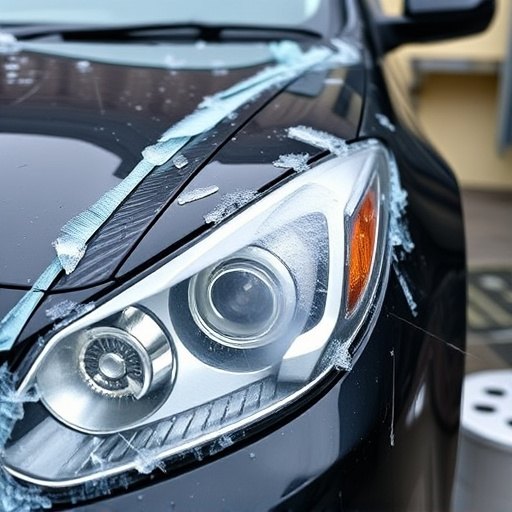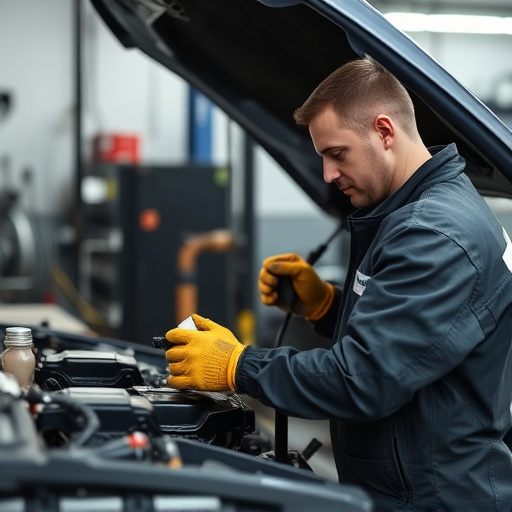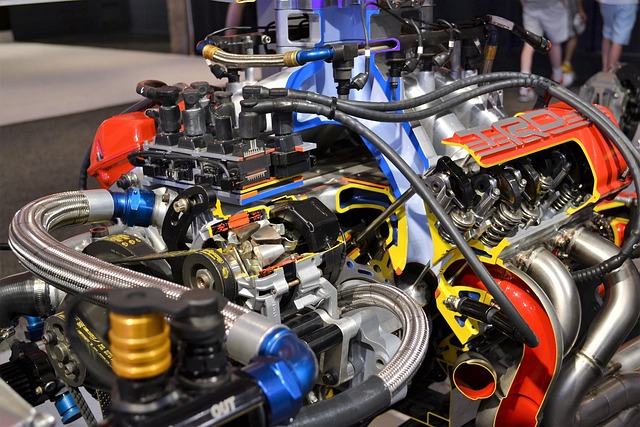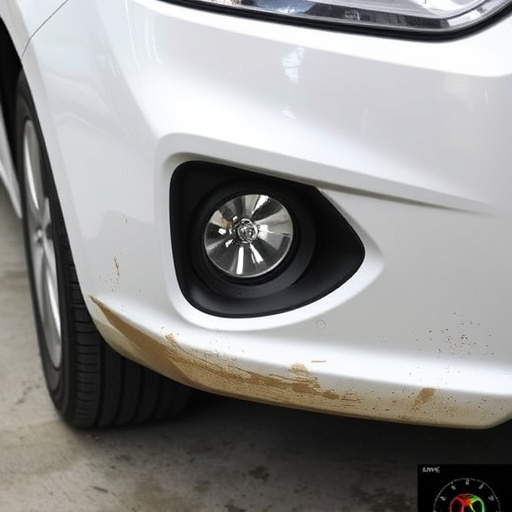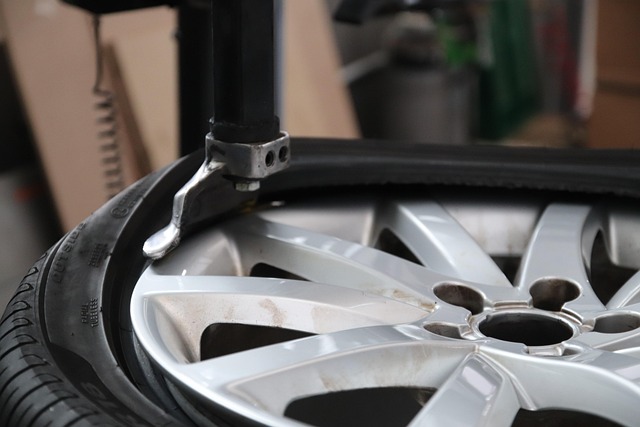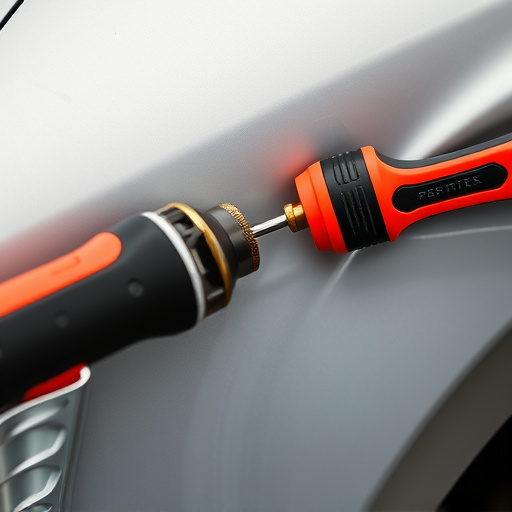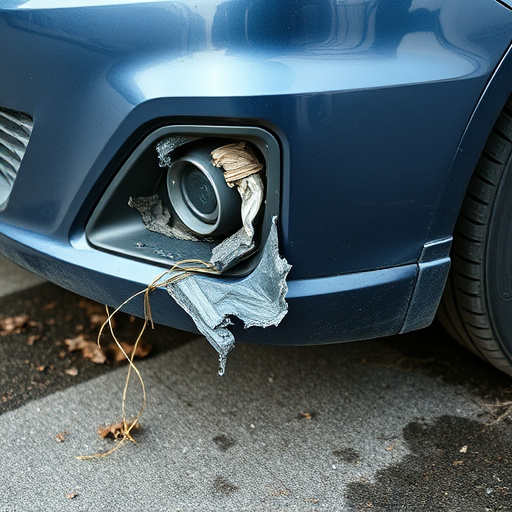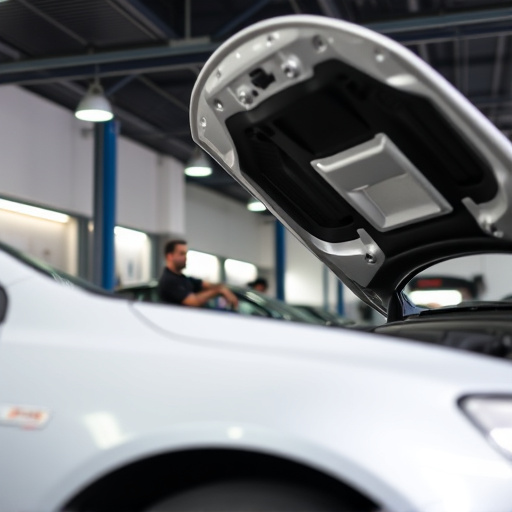The traditional auto body repair process poses significant environmental challenges due to toxic materials, energy-intensive methods, and harmful waste disposal. However, growing awareness has led to sustainable alternatives that minimize impact. Modern repairs prioritize eco-friendly materials like biodegradable plastics and recycled metals, advanced technologies reducing energy use, precision equipment for frame straightening, and innovative welding techniques. These practices contribute to a circular economy by extending vehicle lifespans and reducing manufacturing impacts, appealing to customers seeking cost-effective, environmentally responsible auto body repair process solutions.
In today’s eco-conscious world, understanding the environmental impact of traditional auto body repair is crucial. This article explores green alternatives that revolutionize the industry. We delve into the harmful effects of conventional methods and present eco-friendly techniques, sustainable materials, and best practices in auto bodywork. By adopting these options, we can reduce waste, minimize pollution, and foster a greener future for both vehicles and our planet. Discover how these environmentally responsible process options are transforming the way we fix our cars.
- Understanding Traditional Auto Body Repair Impact
- Eco-Friendly Techniques for Modern Repairs
- Sustainable Materials and Practices in Auto Bodywork
Understanding Traditional Auto Body Repair Impact
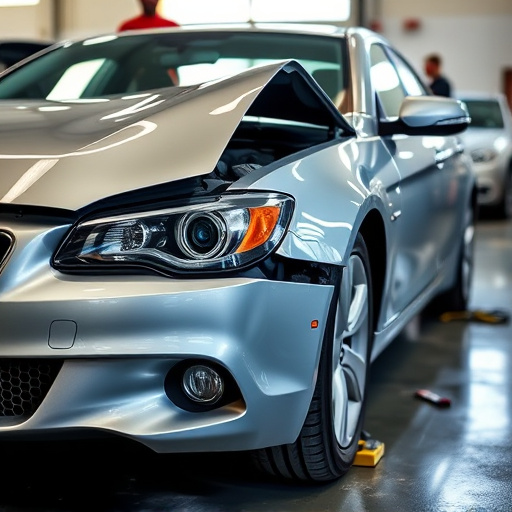
The traditional auto body repair process has long been a significant contributor to environmental issues due to the use of toxic materials and energy-intensive methods. Collision repair services, for instance, often involve sandblasting and painting, which release harmful fumes and contribute to air pollution. Moreover, the disposal of automotive waste, including damaged parts and chemicals, poses challenges for eco-friendly management.
Auto repair shops typically rely on a linear model where materials are extracted, products are manufactured, and waste is generated. This process not only depletes natural resources but also generates substantial carbon emissions. Car body repair, when conducted without consideration for sustainability, can leave a significant environmental footprint. However, recognizing these issues has sparked the development of more environmentally responsible auto body repair process options.
Eco-Friendly Techniques for Modern Repairs
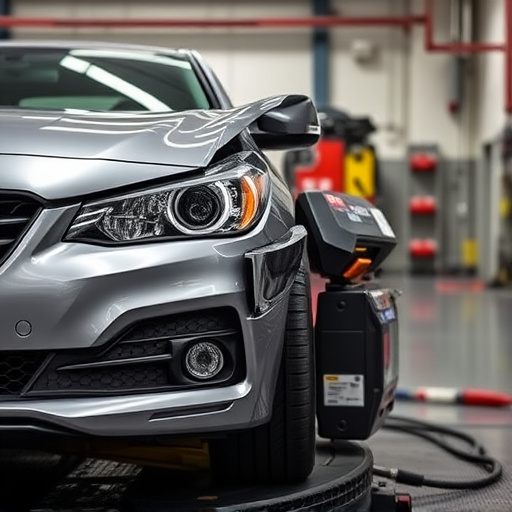
In today’s eco-conscious world, the auto body repair process has evolved to incorporate more sustainable and environmentally friendly techniques. These methods aim to minimize waste, reduce pollution, and conserve resources while still ensuring quality repairs. One notable approach is the use of green materials, such as biodegradable plastics and recycled metals, which substitute traditional, non-biodegradable options. Additionally, advanced technologies like laser welding and water-based coatings significantly cut down on energy consumption and harmful emissions compared to conventional methods like gas-powered welding and solvent-based paints.
Beyond these innovations in material science and technology, auto body repair shops are adopting practices that mirror classic car restoration techniques for modern repairs. For instance, frame straightening now often involves sophisticated, precision-engineered equipment that minimizes the amount of metal worked, preserving more of the original structure. Similarly, fender bender repairs leverage advanced spot welding and panel replacement methods to restore vehicles with minimal environmental impact. These eco-friendly techniques not only benefit the planet but also contribute to a circular economy by extending the lifespan of vehicles and reducing the demand for new parts, thereby lessening manufacturing’s environmental footprint.
Sustainable Materials and Practices in Auto Bodywork
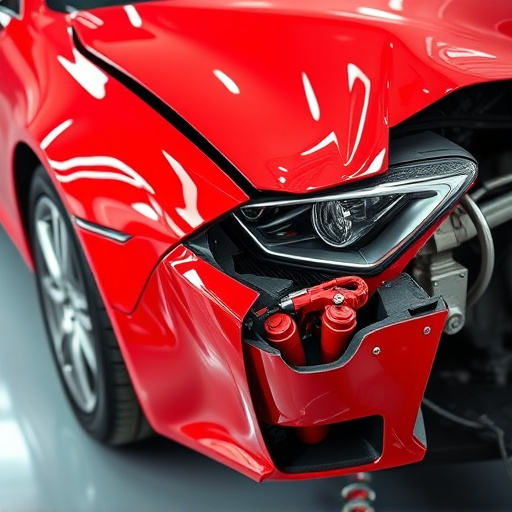
In the realm of auto body repair, sustainability is no longer an afterthought but a core consideration. Environmentally responsible practices involve the use of sustainable materials and techniques that minimize waste and reduce the environmental impact. Instead of traditional, potentially toxic paints and fillers, many repair shops now offer eco-friendly alternatives. These include water-based paints, which have lower volatile organic compound (VOC) emissions, and recycled content products that divert materials from landfills.
The shift towards sustainable auto bodywork also encompasses innovative repair methods like spot welding and precision composite repairs, which minimize the need for extensive panel replacement. This not only reduces energy consumption and waste but also ensures that vehicles retain their original structural integrity. Additionally, many shops now emphasize responsible disposal and recycling of scrap materials, further contributing to a greener car care experience. These practices not only benefit the environment but can also translate into cost savings for customers who prioritize eco-friendly solutions, such as those seeking car dent repair or vehicle paint repair.
In conclusion, adopting an environmentally responsible approach to auto body repair is not just a trend but a necessary step towards a sustainable future. By understanding the impact of traditional methods and exploring eco-friendly techniques, along with the use of sustainable materials, we can significantly reduce our carbon footprint. The shift towards green auto body repair process options not only benefits the environment but also ensures a safer and healthier working condition for professionals in the industry, ultimately fostering a more responsible and resilient automotive sector.

